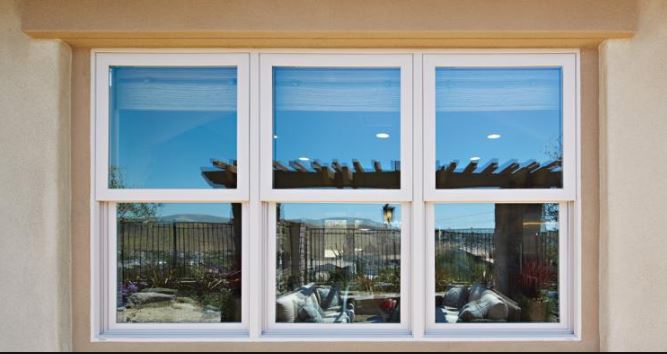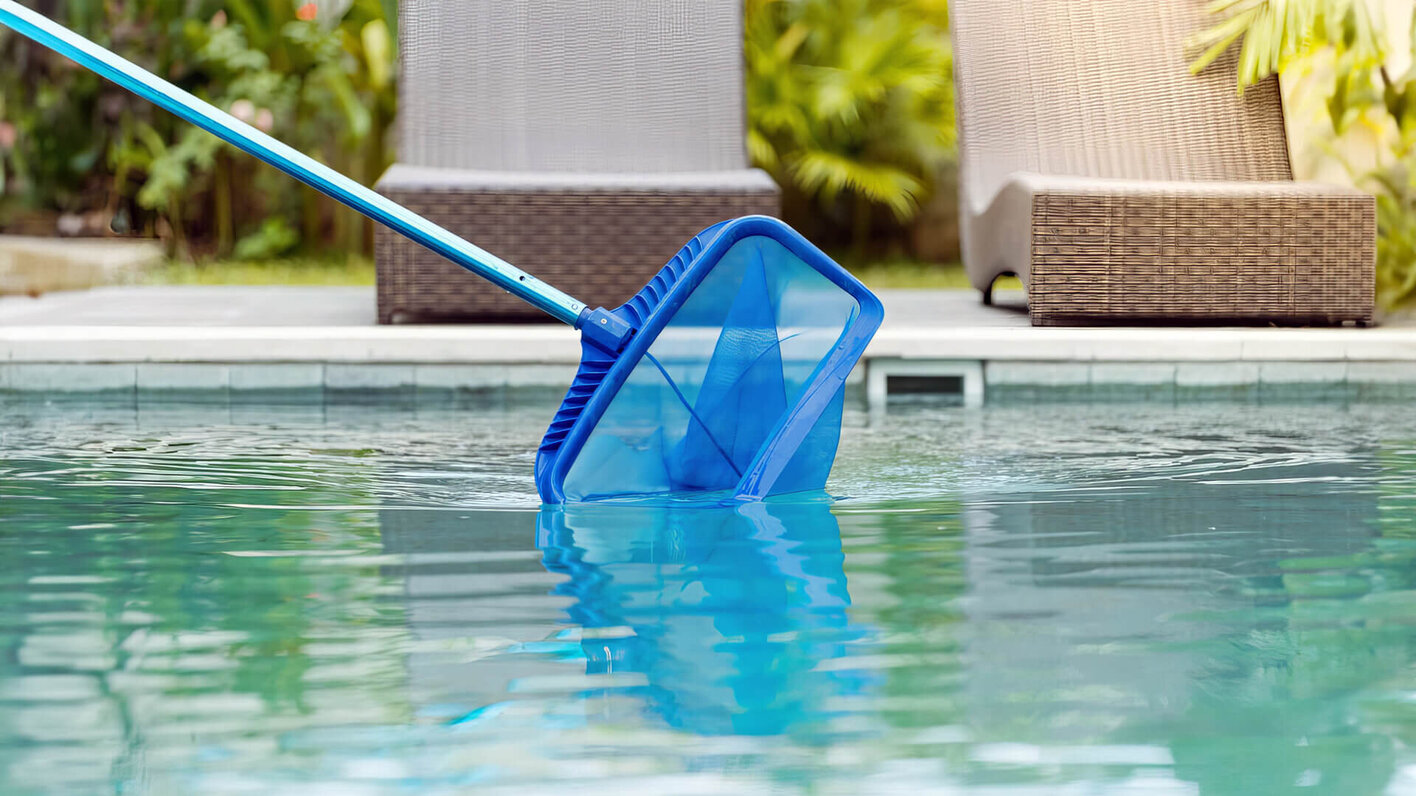Turf Wars: Comparing Different Types of Artificial Grass for Your Project

Unveiling the Battle of Turfs: Exploring Various Types of Artificial Grass
The world of landscaping has witnessed a significant transformation with the introduction of artificial grass. Offering a lush and evergreen aesthetic without the burdens of natural grass maintenance, synthetic turf has become a popular choice for a wide range of projects. However, not all artificial grass is created equal. We’re diving into the arena of turf wars, comparing different types of artificial grass to help you make an informed decision for your landscaping project.
Nylon Artificial Grass
Pros:
Exceptional durability and resilience
Can handle heavy foot traffic
Retains its shape and appearance well
Suitable for high-traffic areas and sports fields
Cons:
More expensive than other options
Less soft to touch compared to other materials
Polyethylene Artificial Grass
Pros:
Soft and comfortable underfoot
Realistic appearance and texture
UV-resistant and colorfast
Great for residential lawns, landscaping, and play areas
Cons:
Slightly less durable than nylon options
Polypropylene Artificial Grass
Pros:
Affordable option
Suitable for temporary or low-traffic installations
UV-resistant and lightweight
Cons:
Less durable than nylon and polyethylene options
Prone to flattening over time in high-traffic areas
Blended Artificial Grass
Pros:
Combines the strengths of different materials
Offers a balance between durability and softness
Versatile for various applications
Cons:
Costs can vary depending on the blend and proportions
Choosing the Right Type for Your Project
The type of artificial grass you choose depends on your project’s specific needs and requirements:
- Residential Lawns: For lush, comfortable lawns, polyethylene artificial grass is an excellent choice. Its softness underfoot and natural appearance make it a favorite among homeowners.
- High-Traffic Areas: If your project involves areas with heavy foot traffic, such as sports fields or commercial spaces, nylon artificial grass is the ideal option due to its exceptional durability.
- Temporary Installations: If you’re looking for a cost-effective solution for temporary installations or events, polypropylene artificial grass might be suitable.
- Versatility: Blended artificial grass offers a balance between durability and softness, making it a versatile choice for various applications.
The Art of Choosing: Factors to Consider When Selecting Artificial Grass
Let’s delve deeper into the key factors you should consider when making the crucial decision of selecting the right artificial grass for your specific project.
1. Pile Height
The pile height refers to the length of the artificial grass blades. While longer blades can give a lush appearance, shorter blades offer a more manicured look. Consider the intended use of the space when deciding on the pile height. For example, shorter pile heights are preferable for high-traffic areas like sports fields, while longer pile heights are great for creating a soft and luxurious feel in residential lawns.
2. Blade Shape and Density
Artificial grass blades come in various shapes, such as flat, oval, and diamond. The blade shape can affect the appearance and texture of the turf. Additionally, the density of the blades per square inch can impact how full and natural the grass looks. Choose a combination of blade shape and density that aligns with your aesthetic preferences and the intended use of the area.
3. Backing Material and Drainage
The backing material plays a significant role in the durability and drainage of artificial grass. A good backing allows water to drain efficiently, preventing puddles and waterlogging. Proper drainage is crucial to maintaining the appearance and longevity of your synthetic turf. Ensure that the backing material is designed to withstand the elements and provide efficient drainage.
4. Infill
Infill material adds weight to the artificial grass, prevents matting, and offers cushioning underfoot. Common infill options include sand and rubber granules. The choice of infill depends on the purpose of the turf. Rubber infill is often preferred for sports fields, while sand is suitable for landscaping and residential lawns. Proper infill distribution is essential to maintaining the performance and appearance of your artificial grass.
5. Installation Quality
No matter how high-quality your chosen artificial grass is, its longevity and appearance greatly depend on proper installation. Hiring a professional installer who follows industry best practices ensures that the turf is correctly laid, the base is properly prepared, and the edges are securely fastened. A well-installed artificial grass will not only look better but also last longer.
6. Maintenance Regimen
While artificial grass requires less maintenance than natural grass, regular care is still essential to ensure its longevity and aesthetics. Regular brushing, occasional rinsing, and keeping the surface clear of debris will help keep your synthetic turf in top condition. Understanding and adhering to the recommended maintenance practices will ensure that your investment continues to look and perform its best.
In conclusion, selecting the right artificial grass for your project involves considering a range of factors, from pile height and blade shape to backing material and maintenance requirements. Each project has unique demands, and by carefully assessing these factors, you can ensure that the synthetic turf you choose aligns with your vision and meets your needs.
Thank you for joining us in navigating the world of artificial grass options. Armed with a better understanding of the factors at play, you’re now ready to embark on your landscaping journey and create a beautiful, durable, and functional outdoor space that suits your style and purpose.




